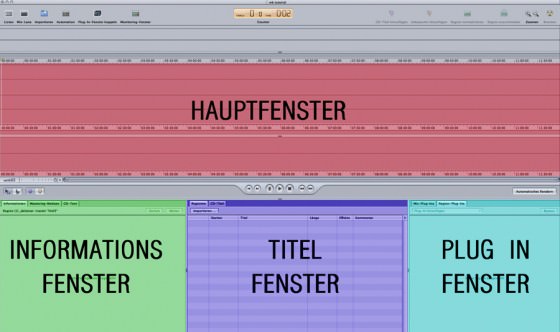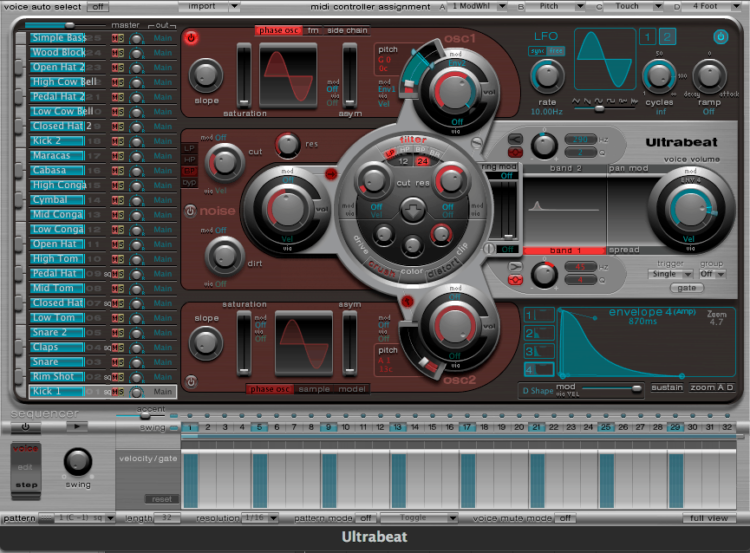

Then match the rest of the album, ideally by listening. Next, when making those final level adjustments, I suggest using a max peak no greater than -0.3 (not -0.03) for the loudest peak. (Try it yourself, then match playback levels and hear it.) Final levels should always be adjusted after initial conversion to digital. In my experience, with a 24-bit recording, you will get a cleaner result with -12 (or -20!) peaks than you will with -3 peaks. The reason is that every monolithic A-D converter I know of will exhibit its lowest distortion at that level. If you do, you'll find the quiet songs to be as loud as the loudest songs - or worse, the quiet ones will sound louder than the loud songs.įirst, I suggest the initial conversion to digital be done so the loudest peak does not exceed -6 dBFS. Is it that the first iteration of RX was so bad or is Click Repair really that good? I am now on the standard version of RX2 and it's said that the declicker and denoise has been improved in a big way.Īppreciate any comments on the workflow (especially my "order" of the tasks) and any of the questions.Ĭlick to expand.Unless you seek to change the balance in level from song to song, I strongly suggest NOT making each file have the same max peak. I see others who who rather ensure all peaks are as high as possible (without going over 0.0dbFS.Thoughts?Īnd declicking? I see a lot of folks using the iZotope RX suite for SR conversion and dithering but hardly anyone using their declicking/denoising tools - most are favoring Click Repair. First Normalize - are you guys doing a "peak" normalize or more of an RMS normalize? I see a lot of folks talking up about the new -23dbfs RMS values being touted as the new target volume level to ensure the resultant files have a nice fat dynamic range and an RMS level that in the "pocket". Questions I have are around the Normalize process and de-clicking.

ĝither to 16 bit w/iZotope MBIT+ (Noise Shaping: Ultra Dither Amount: Normal).Down-sample to 44.1khz using iZotope SRC.
MASTERING WAVEBURNER MANUAL
MASTERING WAVEBURNER PRO
it is totally an indie projectĥ) Do i need to add CD Text info? Does it matter?Ħ) what speed are people burning at these days? Recommended? I’m on a first generation Mac Pro desktop machine.ħ) I have a proTools HD rig on that computer. it is totally an indie projectģ) what do I want to use for UPC/EAN codes? (or none?)Īgain - it is not a label project. I mean - do I have to tidy them up so they look all pretty, or will they not ever be seen anywhere?Ģ) how do I get ISRC codes? Does it matter much if i dont have them? It is not a label project. Yes, I have carefully studied the entire WaveBurner manual.ġ) In the Track List - are the track names actually used for anything (once the CD is made) for making RedBook master CDs for eventual duplication at a plant. WaveBurner questions: burning RedBook master CDs


 0 kommentar(er)
0 kommentar(er)
